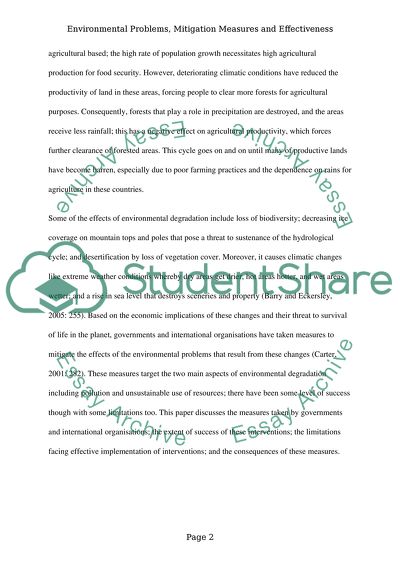Cite this document
(The Primary Forms of Environmental Degradation Essay Example | Topics and Well Written Essays - 1750 words, n.d.)
The Primary Forms of Environmental Degradation Essay Example | Topics and Well Written Essays - 1750 words. https://studentshare.org/environmental-studies/1449209-the-primary-forms-of-environmental-degradation
The Primary Forms of Environmental Degradation Essay Example | Topics and Well Written Essays - 1750 words. https://studentshare.org/environmental-studies/1449209-the-primary-forms-of-environmental-degradation
(The Primary Forms of Environmental Degradation Essay Example | Topics and Well Written Essays - 1750 Words)
The Primary Forms of Environmental Degradation Essay Example | Topics and Well Written Essays - 1750 Words. https://studentshare.org/environmental-studies/1449209-the-primary-forms-of-environmental-degradation.
The Primary Forms of Environmental Degradation Essay Example | Topics and Well Written Essays - 1750 Words. https://studentshare.org/environmental-studies/1449209-the-primary-forms-of-environmental-degradation.
“The Primary Forms of Environmental Degradation Essay Example | Topics and Well Written Essays - 1750 Words”. https://studentshare.org/environmental-studies/1449209-the-primary-forms-of-environmental-degradation.


